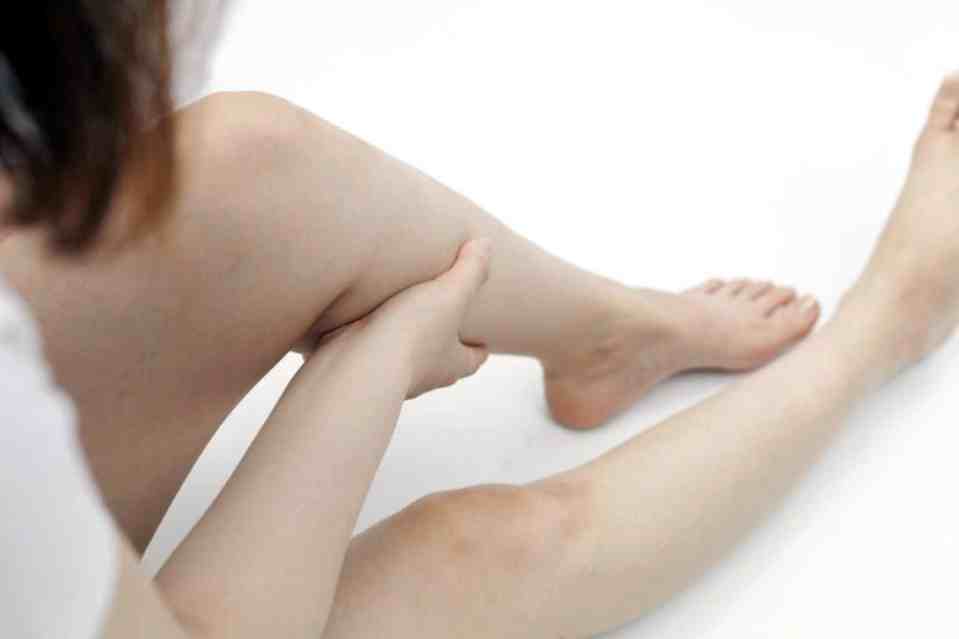
Restless legs syndrome: what it is and how to treat it
Little jerks and jolts, tingling and tingling, the need to move the legs: these are the main symptoms of ‘restless legs syndrome’, a neurological disorder that affects women in particular and occurs mainly at the end of the day or at night
Restless legs syndrome: the causes of this disorder
One of the main causes of this disorder is the physiological drop in dopamine, a neurotransmitter whose levels drop particularly in the evening, causing the symptoms indicated: the dopaminergic system under the cerebral cortex is made up of neurons that control movement, and its dysfunction sends incorrect signals to the muscles causing restlessness and discomfort in the lower limbs.
This is why you feel the need to move around and take a walk to stretch your legs.
The drop in dopamine occurs particularly in the evening and night hours, thus making it difficult to fall asleep or even interrupting sleep.
Sufferers of this syndrome also tend to suffer from insomnia, as the restlessness in the lower limbs is only relieved by movement, forcing the patient to get out of bed and thus affecting the quality of sleep.
Restless legs syndrome: two forms of the same disorder
There are two forms of this syndrome, known as the primary or secondary form.
In the first case, the syndrome is familial or idiopathic and the cause is therefore unknown, and usually occurs around the age of 40.
The secondary form, on the other hand, has a ‘later’ onset and is associated with other diseases, disorders or conditions, such as iron deficiency, renal insufficiency, type 2 diabetes, peripheral neuropathies such as those linked to uraemia and diabetes, and alterations in the extrapyramidal system such as spinal cord lesions, but also hormonal changes such as the menopause, pregnancy (especially in the third trimester) and, lastly, neurodegenerative diseases such as Parkinson’s.
Diagnosis and treatment
In order to diagnose this syndrome, no instrumental or invasive examinations are necessary, but clinical observation of the symptoms by the neurologist is sufficient.
As for the treatment, it depends very much on the extent and frequency of symptoms and discomfort: in some cases it is enough to act on the lifestyle, improving the quality of sleep, such as going to bed and waking up at regular times, devoting himself to relaxing activities and reducing the intake of stimulants before sleep.
When these everyday measures are not enough, drug therapy is the next step: among the most commonly used drugs are dipaninoagonists and anticonvulsants.
Read Also:
COVID-19, The Mechanism Of Arterial Thrombus Formation Discovered: The Study
The Incidence Of Deep Vein Thrombosis (DVT) In Patients With MIDLINE
Deep Vein Thrombosis Of The Upper Limbs: How To Deal With A Patient With Paget-Schroetter Syndrome
Venous Thrombosis: From Symptoms To New Drugs


